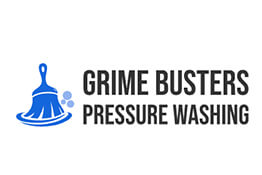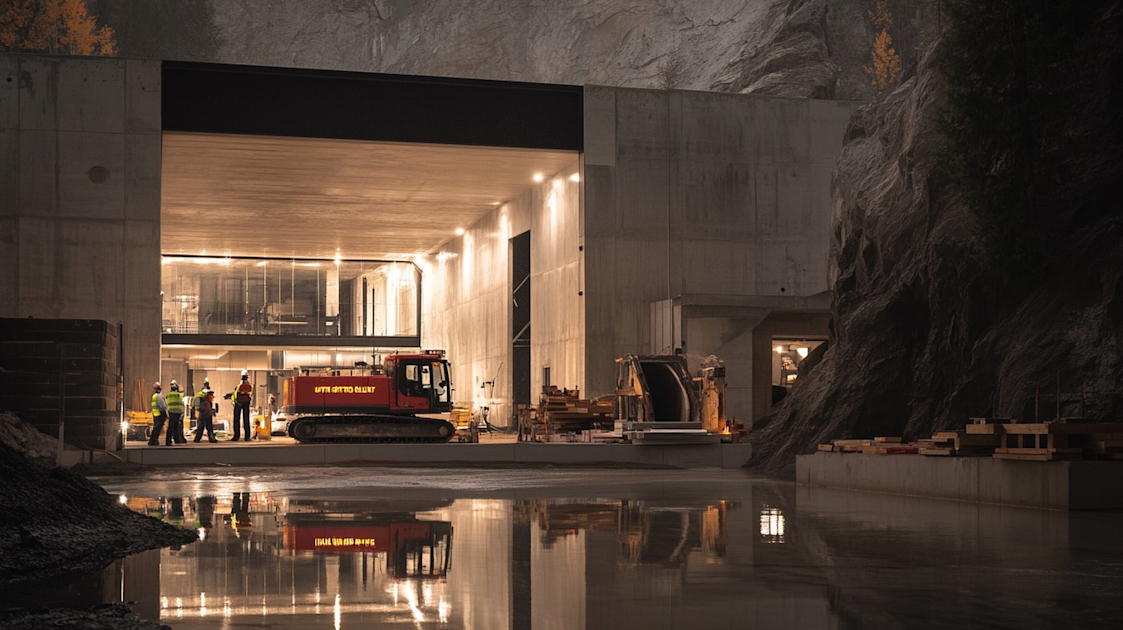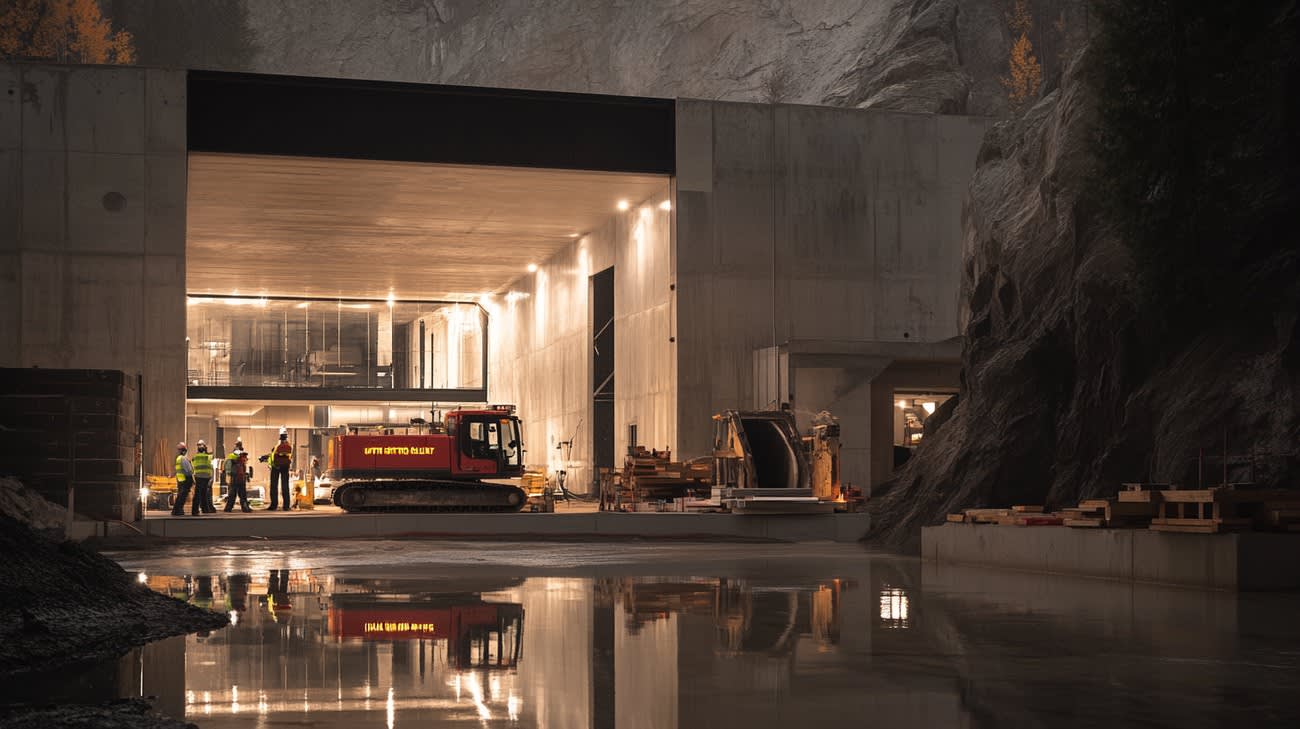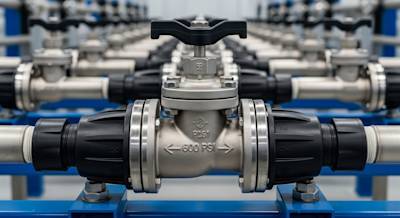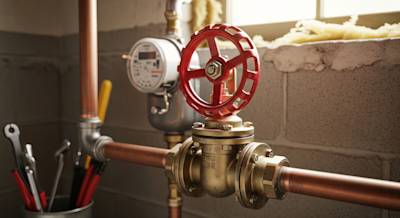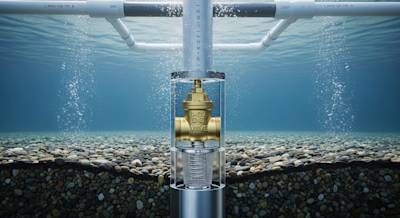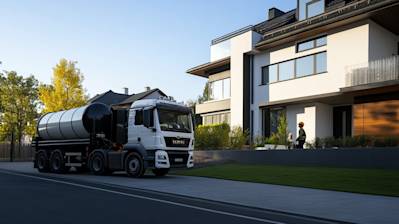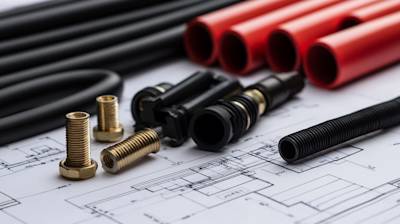Many homes and commercial properties enjoy the convenience of modern plumbing systems, which unfortunately are not immune to damage and periodic wear and tear. One of the significant issues that often emerge is deteriorating or damaged sewer lines. Many property owners dread dealing with damaged sewer lines due to the cost, destruction, and inconvenience involved. However, there is a new solution to this predicament - sewer pipe lining.
In this informative blog article, we will explore in depth the vital role, advantages, and applications of sewer pipe lining, providing you with an understanding needed to make informed decisions about fixing your sewage issues.
What is Sewer Pipe Lining?
Sewer pipe lining, also known as Cured-in-Place Pipe (CIPP) lining, is a modern pipe repair technique that is transforming the plumbing industry. It is a trenchless method that involves creating a new 'pipe within a pipe' to restore the function and integrity of sewer lines.
The process uses flexible tubes coated with resin, which is inserted into the damaged section of the pipe, inflated and then cured. This forms a hard, new pipe inside the old damaged one, effectively resolving sewer pipe issues without the need for digging up the whole pipe.
Why Sewer Pipe Lining is a Game-Changer
Traditional sewer line repair involves digging deep trenches to reach and replace the damaged pipes, leading to significant destruction and higher costs. The advent of sewer pipe lining provides numerous benefits. Here are a few noteworthy advantages:
- No Digging Required: With sewer pipe lining, no digging means less destruction to your property. This trenchless method causes minimal disturbance to your yard, driveway, or landscape.
- Cost-Effective: Fewer labor hours and less damage to property translates into significant savings.
- Longer Lifespan: The new pipe lining created is highly resistant to cracks, corrosion, and tree root invasions, hence extending the lifespan of your pipes.
- Greater Efficiency: The smooth interior of the new pipe promotes better water flow, thus improving overall system efficiency.
- Eco-Friendly: Unearthed dirt and debris from traditional plumbing can impact the environment. The no-dig method is a more environmentally friendly solution.
The Process of Performing Sewer Pipe Lining
Sewer pipe lining consists of several meticulous steps to ensure optimal results. These steps include:
Inspecting The Sewer Line The process typically starts with a sewer camera inspection to determine the pipe's condition and pinpoint the problematic areas.
Cleaning The Sewer Pipe Following the inspection, the pipe is thoroughly cleaned using hydro-jetting or mechanized plumbing snakes. This step is crucial for efficient adhesion of the resin.
Preparing and Inserting The Pipe Liner The flexible tube is coated with a specially formulated epoxy resin. The coated liner is then inserted into the pipe using an inversion drum, which fills it with air.
Curing The Liner The inverted liner is left to cure, usually for three to four hours. However, hot steam or water can be introduced to speed up the curing process.
Final Inspection Lastly, a final camera inspection is performed to ensure the liner is correctly placed and fully cured.
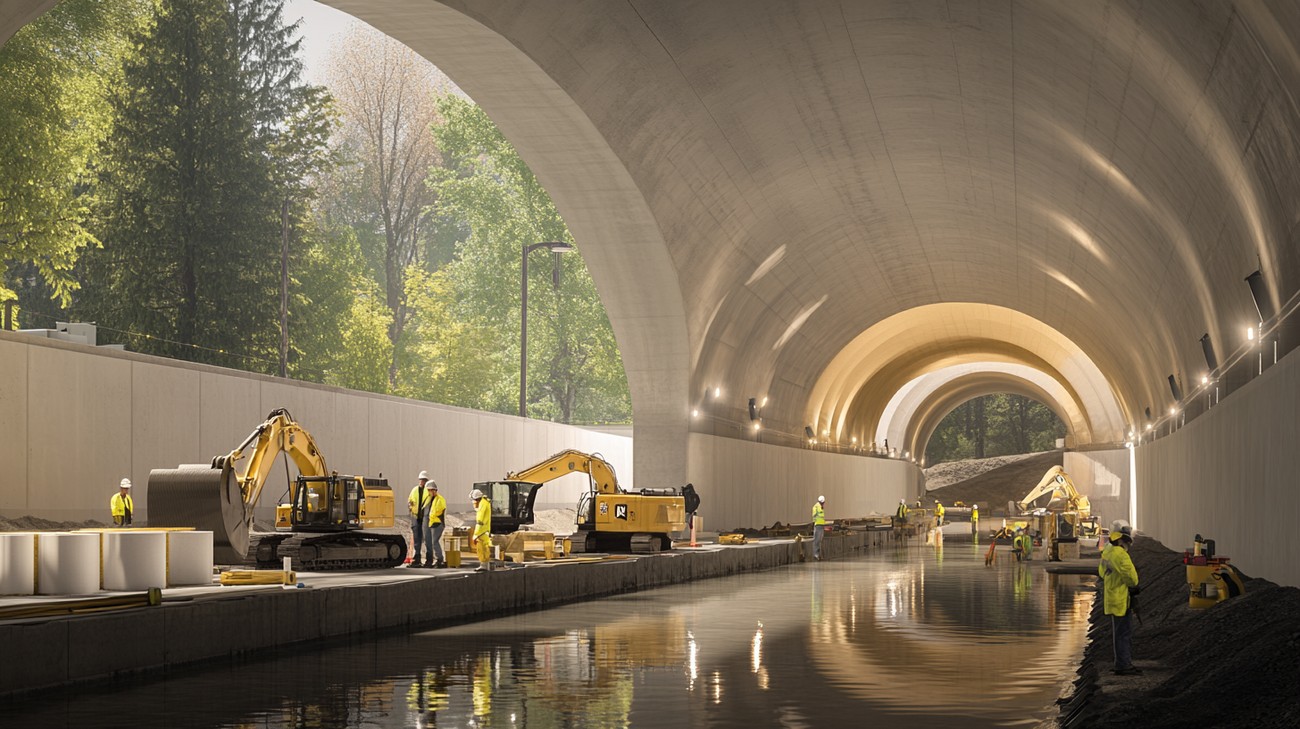
Frequently Asked Questions about Sewer Pipe Lining
How long does a sewer pipe lining job typically take?
The duration of a sewer pipe lining job can vary depending on the complexity and size of the project. However, on average, most residential sewer pipe lining jobs can be completed within one day. Bigger, more complex commercial pipe lining projects may take a few days or more.
What types of sewer pipes can be lined?
Most types of sewer pipes can be lined irrespective of their material composition. This includes pipes made of cast iron, clay, PVC, ABS plastic, concrete and Orangeburg.
What kind of problems can sewer pipe lining solve?
Sewer pipe lining is an effective solution for a range of sewer and plumbing problems, including infiltration by tree roots, cracks or breakages in the pipes, pipe corrosion, slow drains, sewer backups, and leakage of sewer gases.
Is sewer pipe lining a long-lasting solution?
Yes, sewer pipe lining is designed to be a long-lasting solution. The materials used in the process are durable and are expected to last for around 50 years or more, depending on the environmental conditions and usage.
How does the cost of sewer pipe lining compare to pipe replacement?
The cost of sewer pipe lining typically falls somewhere between traditional pipe repair and full pipe replacement. However, when you consider the added benefits like less damage to your property and a faster completion time, the overall cost-effectiveness of sewer pipe lining can be much higher.
Can sewer pipe lining increase flow capacity?
Indeed, sewer pipe lining can actually increase the flow capacity of the pipe. This is because the new lining created inside the existing pipe is smoother than old cast iron or concrete, allowing waste to flow more freely.
What happens if sewer pipe lining is not an option?
If it's determined that sewer pipe lining isn't a suitable option, possibly due to extreme pipe damage or collapse, then traditional methods such as pipe bursting or excavation might need to be used.
Is sewer pipe lining environmentally friendly?
Compared to traditional replacement methods, sewer pipe lining is relatively environmentally friendly. This is because the process doesn't involve digging up large sections of land or disposing of old pipes, and it uses less resources overall.
How to determine if my sewer pipes need lining?
A professional plumber or a sewer line specialist can conduct a CCTV sewer inspection to determine if your sewer pipes need to be lined. If the pipes have noticeable damage or wear, sewer odors are present, or if there's a history of frequent backups, it might be time for sewer pipe lining.
Does weather affect the sewer pipe lining process?
While extreme weather conditions can sometimes impact the lining process, modern methods and equipment allow most lining jobs to be conducted in various conditions. However, cold temperatures may lengthen the cure time for the lining materials.

Pros of Sewer Pipe Lining
Time and Cost Efficiency
Zero Major Point Repairs
Sewer pipe lining is considered a trenchless method that doesn’t require digging up your yard or driveway to replace the pipes. This process cuts down the time and labor it would take to do major point repairs, thus making it a cost-effective method for sewer repair.
Lower Labor Costs
Since sewer pipe lining means fewer man-hours will be required to lay the pipes, the overall labor costs become significantly lower.
Less Disruptive
No Excavation Needed
This trenchless technology means no necessary excavations, so you don't have to worry about construction noise, debris, or hassles. Your day-to-day routine won't be affected as much.
Maintain Landscape Integrity
Your beautiful landscape or structures won't have to be destroyed during the process. This means there won’t be any costs for landscaping or concrete repairs necessary post operation.
Improved Sewer Function
Higher Flow Capacity
The new pipe lining is smoother than traditional pipes, which can increase your sewer’s flow capacity.
Durable and Long Lasting
These new linings are resistant to cracks, leaks, root intrusion, and even ground movement. Plus, they tend to last longer, which is more often than not, 50 years or more.
Environmentally Friendly
Sewer pipe lining is usually accomplished with the use of materials that don't harm the environment. It also prevents pollution that could result from broken sewer lines.
Cons of Sewer Pipe Lining
Not a One-Size-Fits-All Solution
Ineffective for Collapsed Pipes
When a sewer pipe has already collapsed, this method is ineffective because there is no longer a "pipe" to line.
Requires Adequate Original Pipe Material
In cases where the existing pipe material is beyond repair or too eroded, pipe lining may not be applicable.
Costs
Upfront Costs
Although it may be cheaper in the long run, the initial cost of sewer pipe lining might be high because the process requires specialized training and machinery.
Relatively Unknown Technique
Not All Plumbers Are Trained
Since this technique is relatively unknown, not all plumbers are trained or equipped to perform a sewer pipe lining repair.
Resin Odors
Depending on the type of liner installation and environment, there might be lingering resin odors that may last a few days.
Could Potentially Reduce Pipe Diameter
Though this isn't typically a problem for residential drains, the process might slightly reduce the diameter of the lined pipe. If the pipe was already small or if the reduction is significant, it could potentially impede flow capacity.

Myths and Misconceptions about Sewer Pipe Lining
When it comes to sewer pipe lining, many misconceptions and myths exist. Here, we'll take an in-depth look into some of those misconceptions, debunking them with accurate information to provide a clearer understanding of what sewer pipe lining truly entails.
Myth 1: Sewer Pipe Lining Solutions Don't Last Long
The Reality
A widespread myth about sewer pipe lining is that they are only a quick fix and don't last long. In reality, quality pipe linings are incredibly long-lasting. Many sewer pipe lining solutions are designed to last at least fifty years or even longer, which is a comparable lifespan to new pipes.
Myth 2: Pipe Lining is Simply a Patch-up Job
The Reality
Some perceive pipe lining as just patching up old pipes. But, it is a comprehensive solution that essentially creates a new pipe within the old one. The lining is charged with resin which, when cured, forms a robust structure that can efficiently conduct sewage.
Myth 3: Pipe Lining Shrink Pipe Diameter, Reducing Flow
The Reality
Some people believe that adding a lining inside the pipe reduces the internal diameter, thus reducing the flow of water. The fact is, the reduction caused by pipe lining is minimal and doesn't significantly affect the flow rate. The sleek surface of many linings can even enhance the flow by reducing friction.
Myth 4: Every Broken Pipe can be Lined
The Reality
In certain circumstances, pipe lining may not be the best solution. If a pipe is collapsed or severely misshaped, pipe lining may not be possible. A professional evaluation is necessary to determine whether a pipe is suitable for lining.
Myth 5: Pipe Lining is More Disruptive Than Pipe Replacement
The Reality
Pipe lining is often much less disruptive than pipe replacement. Pipe replacement usually involves digging up the old pipe, which can be quite destructive to your landscape and cause significant disturbance. On the other hand, pipe lining often only requires one or two small holes to access the pipe.
Myth 6: All Pipe Lining Materials are the Same
The Reality
There are varieties of materials used in pipe lining, each with its unique characteristic. Different materials have varying degrees of flexibility, thickness, and strength. The choice depends on the condition of the original pipe, its shape and size, and the outside conditions it has to withstand.
Myth 7: Sewer Pipe Lining is an Unaffordable Luxury
The Reality
While sewer pipe lining might seem costly upfront, it is often a more economical option in the long run. Besides extending the lifespan of the sewer system, it also saves on the cost of restoring landscape disrupted by traditional pipe replacement.
Myth 8: DIY Sewer Pipe Lining is a Smart Money-Saving Move
The Reality
Pipe lining is not an easy DIY project and requires professional tools, skill, and knowledge. Poorly executed pipe lining can potentially lead to further damage and more costly repairs.
By dispelling these myths and misconceptions, we aim to provide a clearer understanding of sewer pipe lining, making it easier for people to make informed decisions when dealing with sewer pipeline issues.
Summary
So, we've been discussing sewer pipe lining, a cost-effective and less disruptive method for fixing damaged sewer pipes. It certainly takes away the headache of significant ground digging and prolonged repair times. It's a method that continues to rise in popularity due to its benefits that cater to both efficiency and sustainability. As we go forward, expect more innovation in this field as we seek more long-lasting solutions for sewer maintenance.
A crucial point to remember about sewer pipe lining is its environmentally-friendly nature. Traditional methods can be quite destructive to your yard or landscape. In contrast, sewer pipe lining leaves minimal environmental impact, making it an excellent choice for those who prioritize eco-friendly solutions. Additionally, it's sturdy and durable, lending itself to fewer future issues and less overall maintenance.
Lastly, sewer pipe lining can be an immense cost-saver in the long run. Though it may initially appear costly, considering the reduced need for future repairs and cleanups, it proves to be a wise investment. It's a prime example of how upgrading our traditional systems with newer, more innovative technologies can lead to significant improvements and efficiencies. So, next time sewer troubles arrive, remember to think lining!
About KYPD Plumbing
KYPD Plumbing, located in the heart of Lexington, KY, is your go-to local plumbing company for all your plumbing needs, big or small! With emphasis on quality service, professional workmanship, and affordable pricing, KYPD Plumbing has been keeping the water flowing smoothly in Lexington homes and businesses for years. Our team of skilled and certified plumbers are dedicated to ensuring your plumbing system remains in tiptop condition. Whether it's fixing a small leak or a major pipe repair, KYPD Plumbing is always here to provide a helping hand and deliver exceptional customer service.
Tags: sewer, pipe repair, technology,
